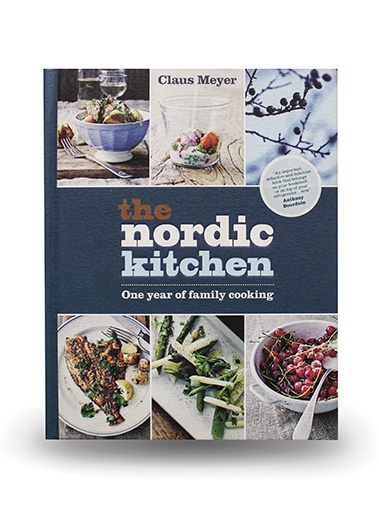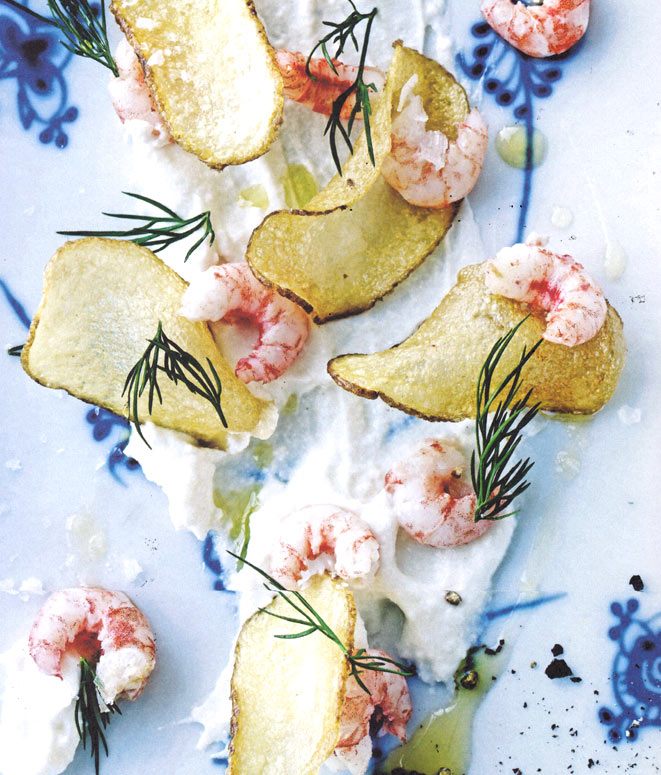In Denmark, Claus Meyer is a household name (and not just in the kitchen). He’s hosted a cooking show, reenvisioned a historic hotel, opened Great Northern Food Hall in New York, and masterminded a slew of restaurant ventures. Best known as the cofounder of Noma, the Nordic restaurant that topped the World’s 50 Best Restaurants list four times, Meyer has a reputation for being as prolific an entrepreneur as he is a visionary in the kitchen. So, with all of this either in the works or under his belt, how did he find time to write?

The Nordic Kitchen may be a more modest accomplishment than putting Denmark on the fine-dining map, but it’s a worthy read. Meyer’s book focuses on how chefs can both borrow from and reinvent Nordic culinary traditions.
“Which dishes from Danish food history deserve to be defended in their original state, which ones should be left behind us, and which just need a sensitive update in order to remain relevant for the next generation?” Meyer asks in the book’s introduction.
Growing up, Meyer’s family ate for efficiency and economy, rejecting epicurean indulgence and cooking mainly “chopped fatty meat of the cheapest possible quality and frozen vegetables pre-boiled years before in Kazakhstan.”
After eating too many powdered potatoes and canned meatballs, Meyer resolved to return to a Nordic food ideology that predated eating for utility alone. As a result, the recipes in the book are seasonal, sustainable, and distinctly Nordic. Warm brioches with smoked salmon and ramson spread, and meatloaf with lingonberries and homemade “sauerkraut” are two of his delicious updates.
The Nordic Kitchen is still much more than a recipe book. It’s a guidebook for understanding seasonal ingredients. Every section lists foods that can be found in the wild during each season and includes tips for foraging for them. It’s also a bit of a history book, with short anecdotes explaining how these New Nordic dishes fit into the region’s culinary past.
Meyer’s compendium offers a new way to eat like a Danish or Swedish or Icelandic chef without demanding that readers follow his advice exactly. For Scandinavian chefs, a Nordic table in spring might have Norwegian lobster and rosehips, but you should find your own favorite local ingredients before setting yours.

